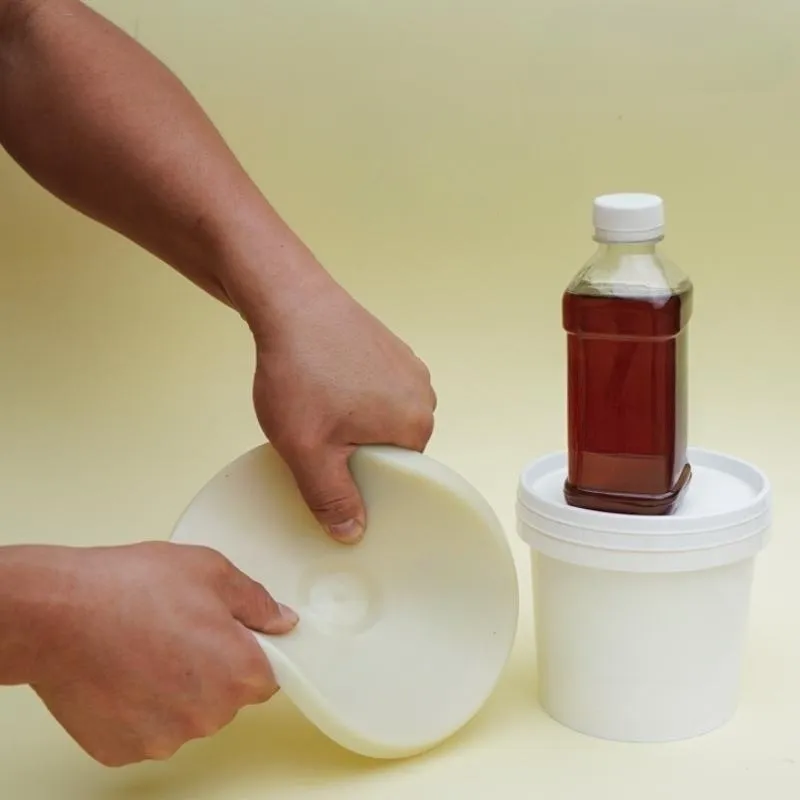Polyurethane Elastomer

Polyurethane Elastomer: A Versatile Non-Foaming Elastic Material
Polyurethane elastomer, often referred to as polyurethane rubber, is a remarkable material composed of two components that solidify upon molding, resulting in an elastic substance. This unique characteristic, coupled with its extensive range of hardness options, exceptional strength, high elongation, and superior friction resistance, makes it an invaluable asset across various industries.
- Superior Waterproofing Performance
- Rapid Curing Time
- Exceptional Durability
- Flexibility and Crack Bridging
- Seamless and Monolithic Application
Polyurethane Elastomer information
Diverse Applications: The versatility of polyurethane elastomer is evident in its wide array of applications, spanning from mining machinery and automobiles to light industry, footwear, transportation, petroleum, electronics, and sports equipment. Its remarkable overall performance has secured its place in these diverse sectors.
Elastomer’s Flexibility and Creativity: Elastomer’s flexibility shines in the film and television props industry, where it is extensively used to craft intricate details. It plays a vital role in creating the outer skin of faux knives and guns, armor shoulder pads, elbow pads, intricate designs on ancient house column heads, tiles, and even the ornamental embellishments on antique carriages.
Handling B Material: In the heat of summer, the B material (dark brown) might exhibit some inflation, which is entirely normal. To address this, simply cool it in the shade and release pressure gently by unscrewing the cap. Avoid rapid cap opening to prevent excessive foam release. Note that B material can clump when exposed to air; hence, it’s advisable to open the container promptly after use and not leave it open for an extended period.
Customization and Aesthetics: Customization options abound with the addition of special color paste for color adjustments. Moreover, you have the liberty to apply spray paint or acrylic color after application, allowing for creative expressions.
Demolding and Adhesion Tips: In instances where the elastomer adheres to molds, applying a release agent on the mold surface and allowing it to dry before demolding ensures a smooth and efficient process.
Operating Guidelines: Here’s how to effectively work with polyurethane elastomer:
Measurement: Before use, ensure proper mixing by addressing any layering that might occur due to prolonged storage. Shake the material thoroughly to prevent settling and compromised foaming. The ratio of liquid A to liquid B is 100:40 by weight. Accurate measurement is essential; ensure that both components are weighed precisely. Deviations in weight can impact the curing process and the final appearance of the material.
Mixing: Combine the accurately weighed liquid B with liquid A, then thoroughly mix using a metal spatula or glass rod. Uniform mixing is crucial to avoid uneven curing or color discrepancies. Stirring for approximately 45 seconds is recommended, as the curing process begins within 1.5 to 2 minutes of mixing. In colder temperatures, consider pre-mixing A and B components before the final mixing step.
In the world of versatile materials, polyurethane elastomer takes center stage, offering a non-foaming elastic material with remarkable attributes. Its adaptability, strength, and creative potential make it an indispensable asset across an array of industries.

